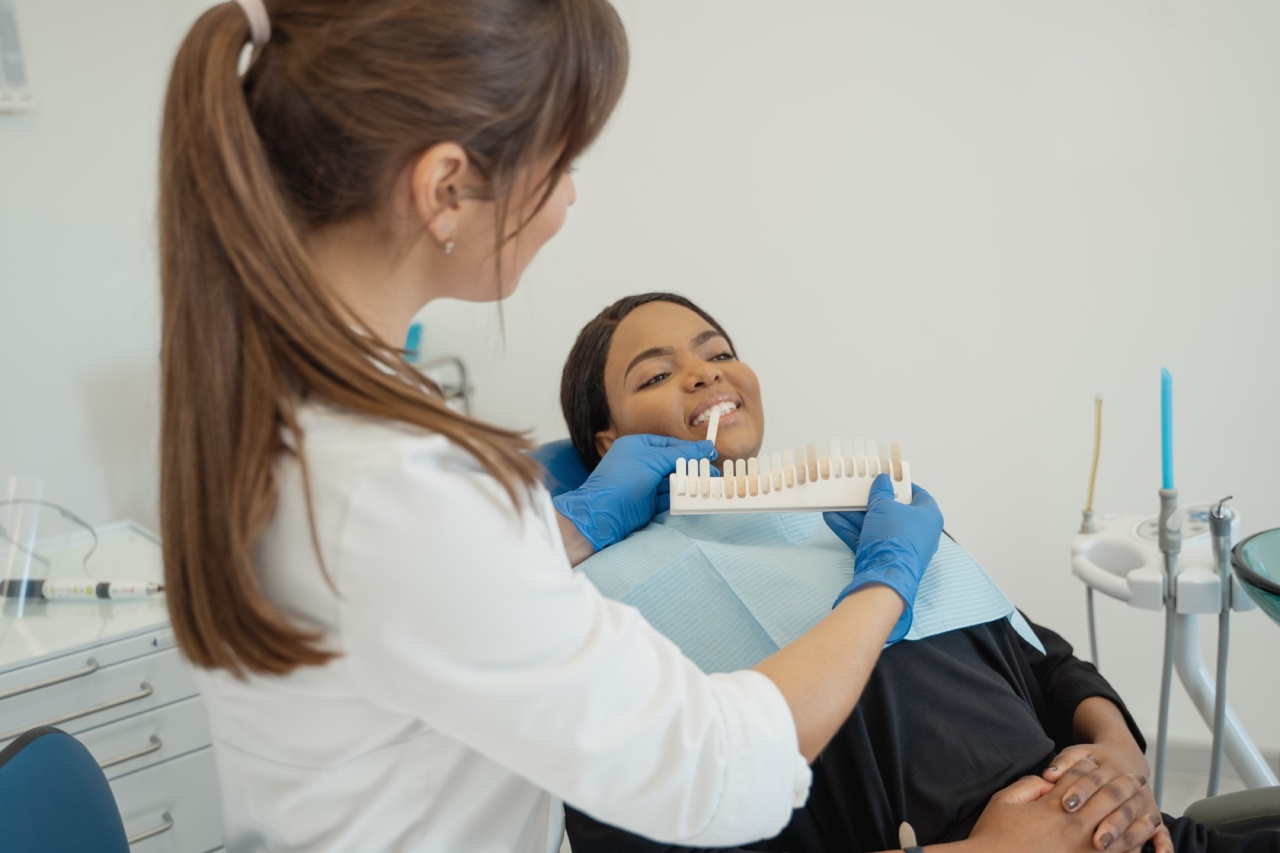Premenstrual syndrome (PMS) is a group of physical and emotional symptoms that occur in women during the second half of their menstrual cycle, usually a week to two weeks before their period.
These symptoms can include bloating, cramps, mood swings, and fatigue. While some women may experience mild PMS symptoms, others may have severe symptoms that can interfere with work, school, or social activities. In this guide, we will explore the various treatment options available for PMS.
Symptoms of PMS
PMS symptoms can vary from person to person, but some common symptoms include:.
- Bloating
- Cramps
- Headaches
- Mood swings
- Irritability
- Depression
- Fatigue
- Acne
- Food cravings
- Breast tenderness
Diagnosis
There is no specific test to diagnose PMS, but your doctor may ask you to keep a symptom diary to track your symptoms over a few menstrual cycles.
This information will help your doctor diagnose PMS and rule out other conditions that may have similar symptoms, such as depression or thyroid disorders.
Lifestyle Changes
One of the first steps in treating PMS is making lifestyle changes that can help reduce symptoms. These changes may include:.
- Eating a well-balanced diet rich in whole grains, fruits, and vegetables
- Limited caffeine and alcohol intake
- Regular exercise, such as walking or cycling
- Getting enough rest and sleep
- Stress management techniques, such as yoga or meditation
Over-the-Counter Medications
Over-the-counter medications can often provide relief from PMS symptoms. Some common medications include:.
- Nonsteroidal anti-inflammatory drugs (NSAIDs), such as ibuprofen, can help relieve cramps and headaches
- Diuretics, such as spironolactone, can help reduce bloating and water retention
- Vitamin and mineral supplements, such as magnesium or calcium, may help reduce symptoms
Prescription Medications
If lifestyle changes and over-the-counter medications do not provide relief, your doctor may prescribe medications to help manage your symptoms. Some Prescription medications may include:.
- Hormonal contraceptives, such as birth control pills or patches, can help regulate hormones and reduce symptoms
- Antidepressants, such as selective serotonin reuptake inhibitors (SSRIs), can help reduce mood swings and depression
- Gonadotropin-releasing hormone (GnRH) agonists can help reduce symptoms by blocking the production of estrogen
Complementary Therapies
Sometimes complementary therapies can also be helpful, either on their own or in combination with other treatments. These may include:.
- Acupuncture
- Herbal remedies, such as chasteberry or black cohosh
- Massage therapy
- Aromatherapy
When to See a Doctor
If your PMS symptoms are severe enough to interfere with your daily life, or if you are experiencing symptoms that are not normal for you, it is important to see a doctor. They can help diagnose PMS and recommend appropriate treatment options.
Conclusion
Premenstrual syndrome is a common condition that can affect women in various ways. While there is no cure for PMS, there are many treatment options available, ranging from lifestyle changes to prescription medications.
If you are experiencing PMS symptoms, talk to your doctor about the treatment options that are right for you.



























